Here are some of the best Herbs to Grow For Soups to make that hot bowl of steaming delight more delicious!

If you are looking forward to elevating the flavor game, here are the best herbs to grow soups for that special taste everyone will surely crave!
Best Herbs to Grow for Soups
1. Thyme
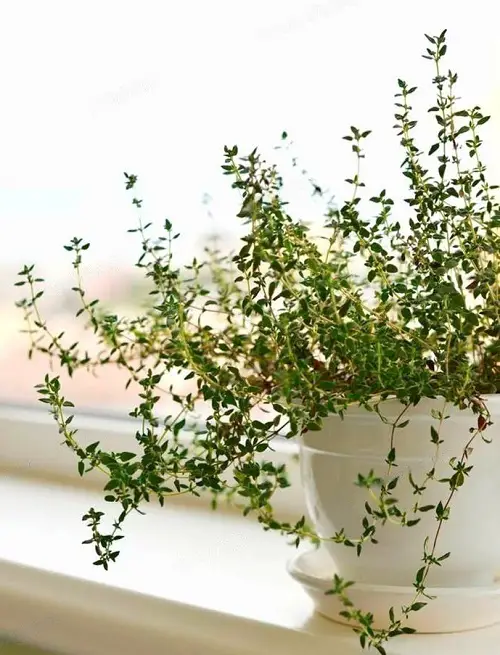
Botanical Name: Thymus vulgaris
Thyme is the underdog when it comes to soups. Why? Well, its leaves have this lemony and minty taste that goes really well with creamy or chicken soups.
As it also promotes respiratory health, adding it to the bowl of soup is anyway a good idea! You can either chop its fresh leaves or use a spoonful of dried thyme—add it in the early stages of cooking.
2. Cilantro

Botanical Name: Coriandrum sativum
For adding the right mix of peppery and lemon profile to your soups, this herb is your best buddy! It also aids in digestion, so the more you add it, the better!
Make sure you take soft and fresh leaves—chop them finely, and add just before the soup comes to the boil. It will taste divine!
3. Basil

Botanical Name: Ocimum basilicum L.
The soft leaves of basil impart a right mix of sweet and peppery flavor to a bowl of soup with a subtle minty flavor, especially if you chop them into small pieces.
Healthwise, they are rich in antioxidants and promote digestive health. Simply add them in the end to tomato-based or Italian soups.
4. Oregano
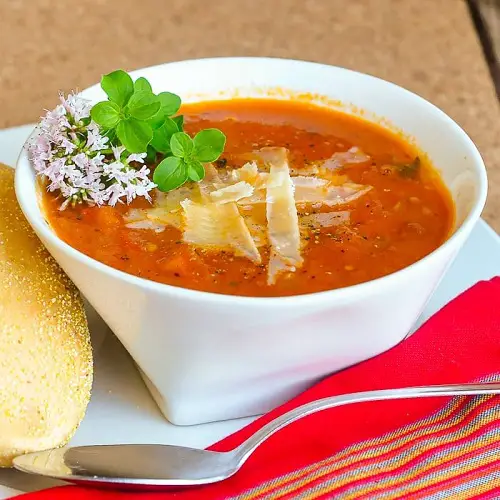
Botanical Name: Origanum vulgare
If you are someone who loves to experiment with a bold flavor profile in your bowl of soup, try oregano! It offers a slightly bitter taste with an earthly aroma that you’ll surely like!
It is rich in antioxidants, so that’s a bonus! Take 2-3 fresh leaves and add them without chopping, midway into the cooking process.
5. Rosemary
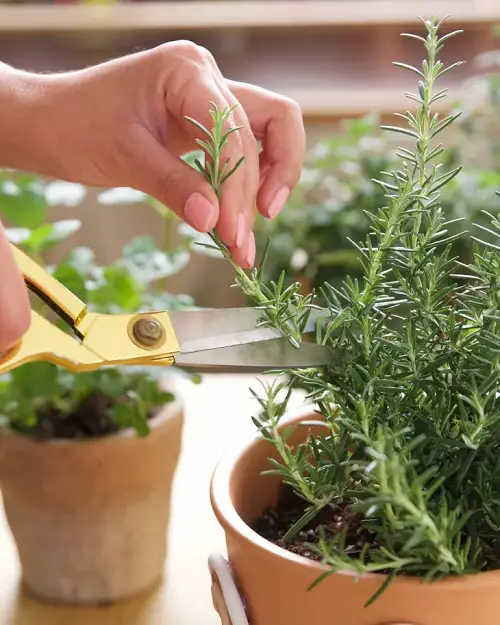
Botanical Name: Rosmarinus officinalis L.
Rosemary is one of the best herbs to add a bold, woody taste with hints of lemon and pine. What’s more, you can also grow it for various other health benefits it offers!
Did we say it improves digestion, too? All you need is a 1 sprig of fresh rosemary that you can add early in cooking—you can thank us later!
6. Dill

Botanical Name: Anethum graveolens L.
Dill can make your bowl of soup taste like something Mother Nature offered you herself! Why? Thanks to its grassy notes with a hint of anise.
When your soup comes towards the end of cooking, add 4-5 finely chopped leaves. It also contains calcium and iron, so it’s good for your health, too!
7. Bay Leaves
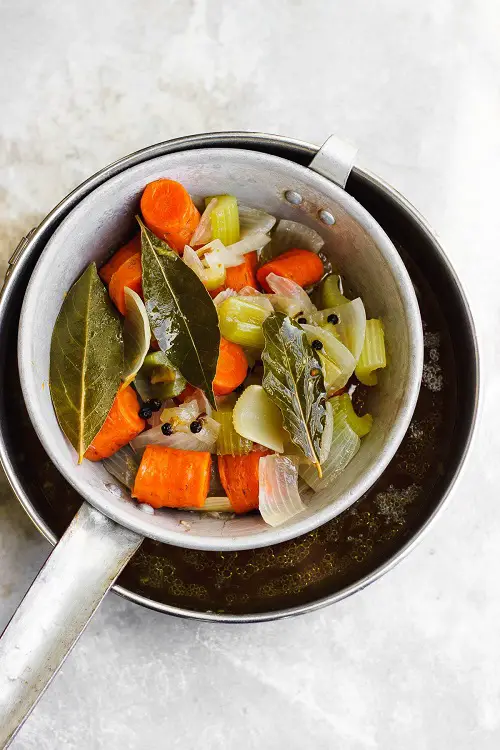
Botanical Name: Cinnamomum tamala / Laurus nobilis
This one, both the types, are a popular pick for Biryanis and Pilaf, but makes for a great addition to soups, too! With a slightly flora aroma and hints of herbal notes, this is must-have in that bowl!
It also helps to treat sore throats, too! When you start prepping up that soup, add 1 whole leaf of it at the start of cooking.
8. Chives

Botanical Name: Allium schoenoprasum
We saved the best for the last! With notes of garlic and an onion-like taste, chives can make even the dullest bowls of soup come ALIVE!
You must also add it because the leaves are rich in vitamins K and C, which will keep your bones healthy. Gather fresh leaves and chop them up finely, so ensure you get about a tablespoon full—add in the end or as a garnish.
9. Lemon Grass
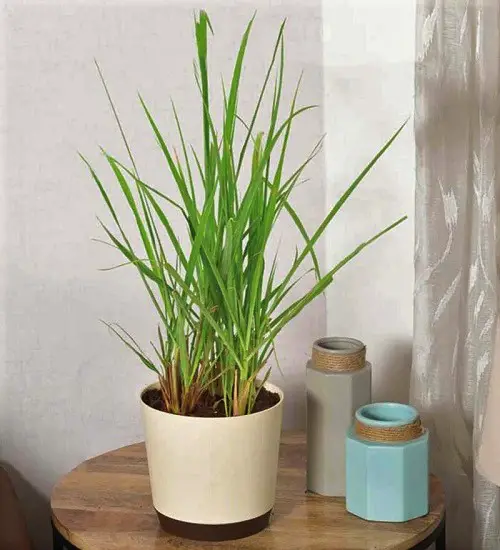
Botanical Name: Cymbopogon
For that unmistaken lemony scent and taste, lemongrass should be your pick, especially for chicken, Thai, Vietnamese, and vegetarian soups.
For a more strong flavor, chop the leaves finely and add them at the start of the preparation. For a subtle taste, add fresh pale yellow stalks with green tips at the end.
How to Get the Most Flavorful Herb Leaves for Soups?
For the best flavor, it is important that you get the best leaves from these plants. Here are some tips and tricks to do so!
- Most of these herbs love sunlight! So, in order to get the most plump and flavorful leaves, make sure these plants get at least 4-5 hours of direct sunlight exposure everyday. However, keep them safe from the harsh afternoon exposure, as it will dry out the essential oils from the leaves and will also make them dry.
- For softer leaves, watering is crucial—moisten the growing medium when it feels a little dry. If you have kept these herbs at a spot where they get plenty of sunlight and air circulation, misting the leaves will also help.
- Snip the leaves regularly for a more bushier growth—it will also save the plant from becoming leggy, which can have a negative impact on the oil content in the leaves.


